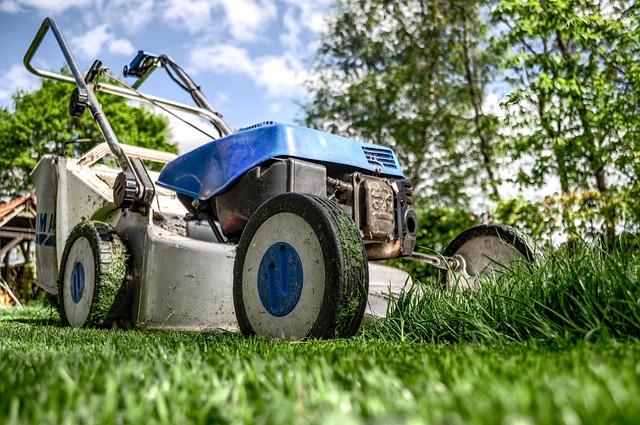Choosing the Right Wood Chipper for Your Garden
A wood chipper is one of the most practical gardening tools for anyone who regularly deals with branches, pruning debris, and yard waste. Beyond simply reducing volume, a chipper converts woody material into useful chips that can improve soil structure, suppress weeds, and feed compost. This article explains how wood chippers work, how to prepare branches, practical uses for produced mulch, and how to manage yard waste responsibly so your outdoor spaces remain tidy and healthy.

What is a wood chipper and how does it work?
A wood chipper is a machine that reduces branches, twigs, and small trunks into small pieces or chips. There are two main types: chipper-shredders (which use blades and a screen to produce uniform chips) and drum or disc chippers (used for larger diameter wood). Chippers power blades with either electric motors or gas engines; electric models are quieter and better for light garden use, while gas units handle heavier yard waste and thicker branches.
How does chipping benefit your garden?
Using a wood chipper benefits a garden in several ways. Fresh chips can act as a water-retaining layer around trees and shrubs, reducing evaporation and moderating soil temperature. Over time they break down and contribute organic matter, improving soil structure and microbial activity. Chipped material also helps suppress weeds and reduce the need for chemical mulches. When used selectively—avoiding piling against plant stems—chips support a healthier, more sustainable garden ecosystem.
How should you prepare branches for chipping?
Preparing branches correctly makes chipping safer and extends the life of the equipment. Cut material into manageable lengths, typically no longer than the chipper’s feed chute allows, and remove nails, wire, or metal fasteners that could damage blades. Thicker trunks should be split or reduced before feeding; many chippers specify a maximum diameter (often between 1.5 and 4 inches for smaller models). Wear eye and ear protection, gloves, and avoid loose clothing when operating a chipper to minimize injury risk.
Can chips be used as mulch in beds?
Yes—wood chips make effective mulch when used appropriately. Apply a 2–4 inch layer on top of soil, leaving a small gap around stems and trunks to prevent moisture buildup that can invite rot. Fresh chips may temporarily tie up nitrogen as they decompose, so consider composting a portion first or applying a nitrogen-rich fertilizer if using large amounts around annuals or vegetables. Chips from disease-free wood are best; avoid using material from diseased trees or invasive species that might regrow from fragments.
How to manage yard waste responsibly?
A wood chipper is a useful tool in a broader yard waste strategy. Separate green waste, woody debris, and recyclable materials; chippers handle woody fractions, while green clippings are often better composted. For larger cleanup tasks, combine a chipper with local services or municipal yard waste programs that accept chips or offer curbside pickup. Using chipped material on-site reduces hauling, lowers landfill contribution, and creates a closed-loop approach—turning waste into a resource for your garden.
A few practical tips: keep different types of wood separate (hardwoods versus softwoods) if you plan to use chips for paths or long-term mulch, and allow a batch of chips to age or compost for a few months to mellow chemically and biologically before heavy use around sensitive plants.
Conclusion
A wood chipper can transform how you handle branches and yard waste, converting what was once refuse into valuable mulch and soil amendment for your garden. Proper preparation of branches, mindful application of chips as mulch, and responsible yard waste practices help maximize benefits while minimizing risks. Choosing the right type of chipper—matched to the size of material you produce—will make garden maintenance more efficient and sustainable.






